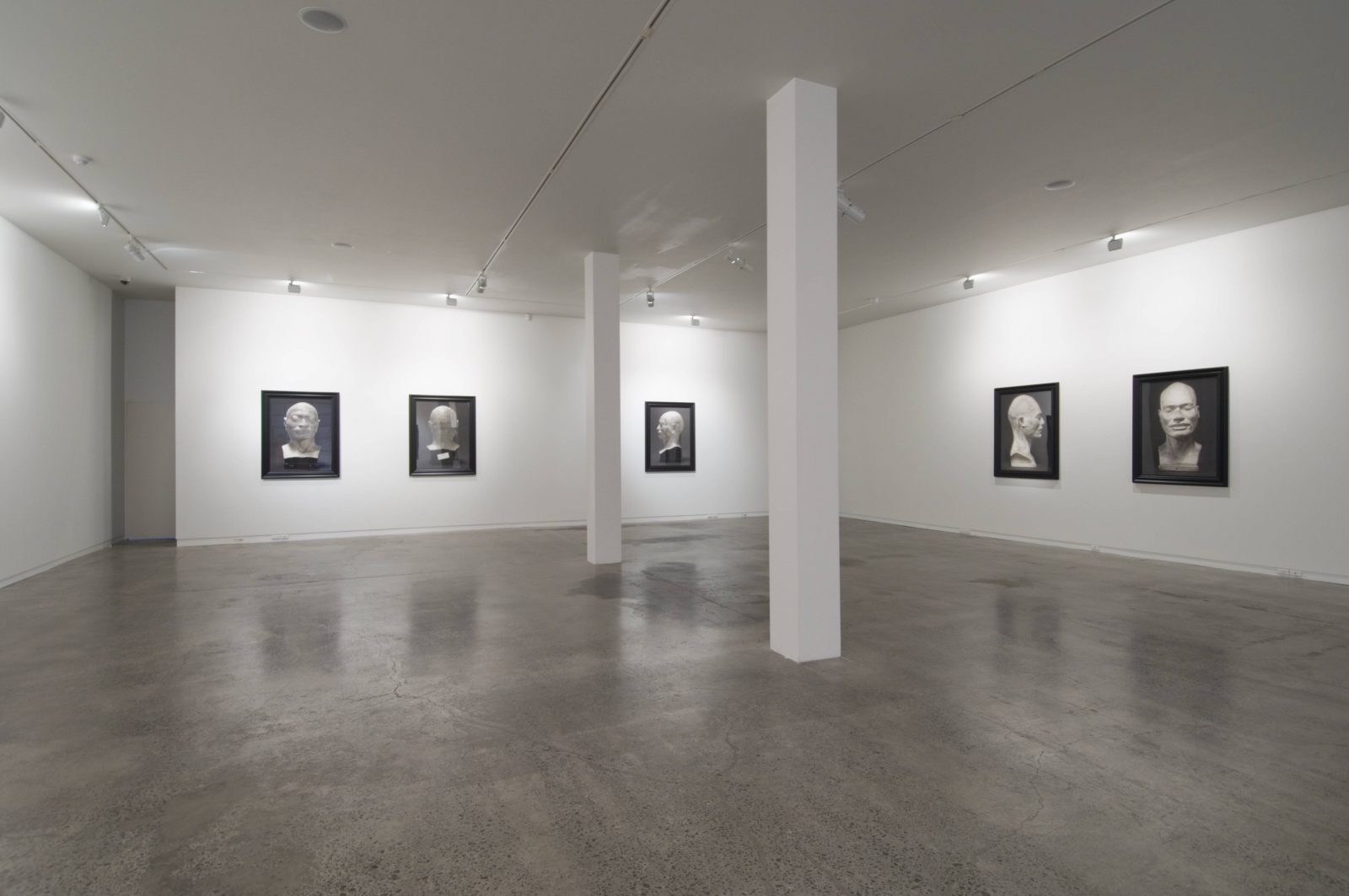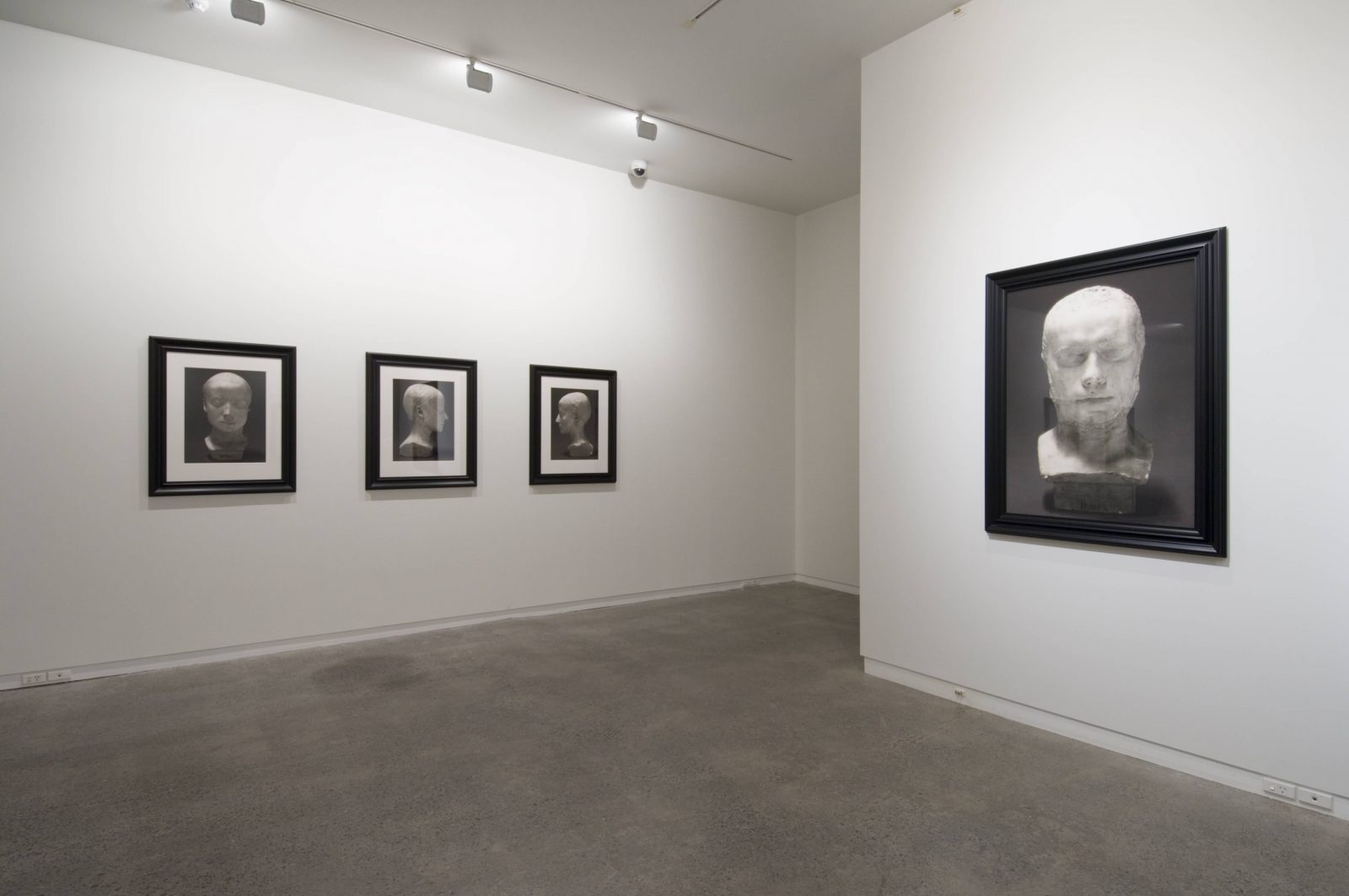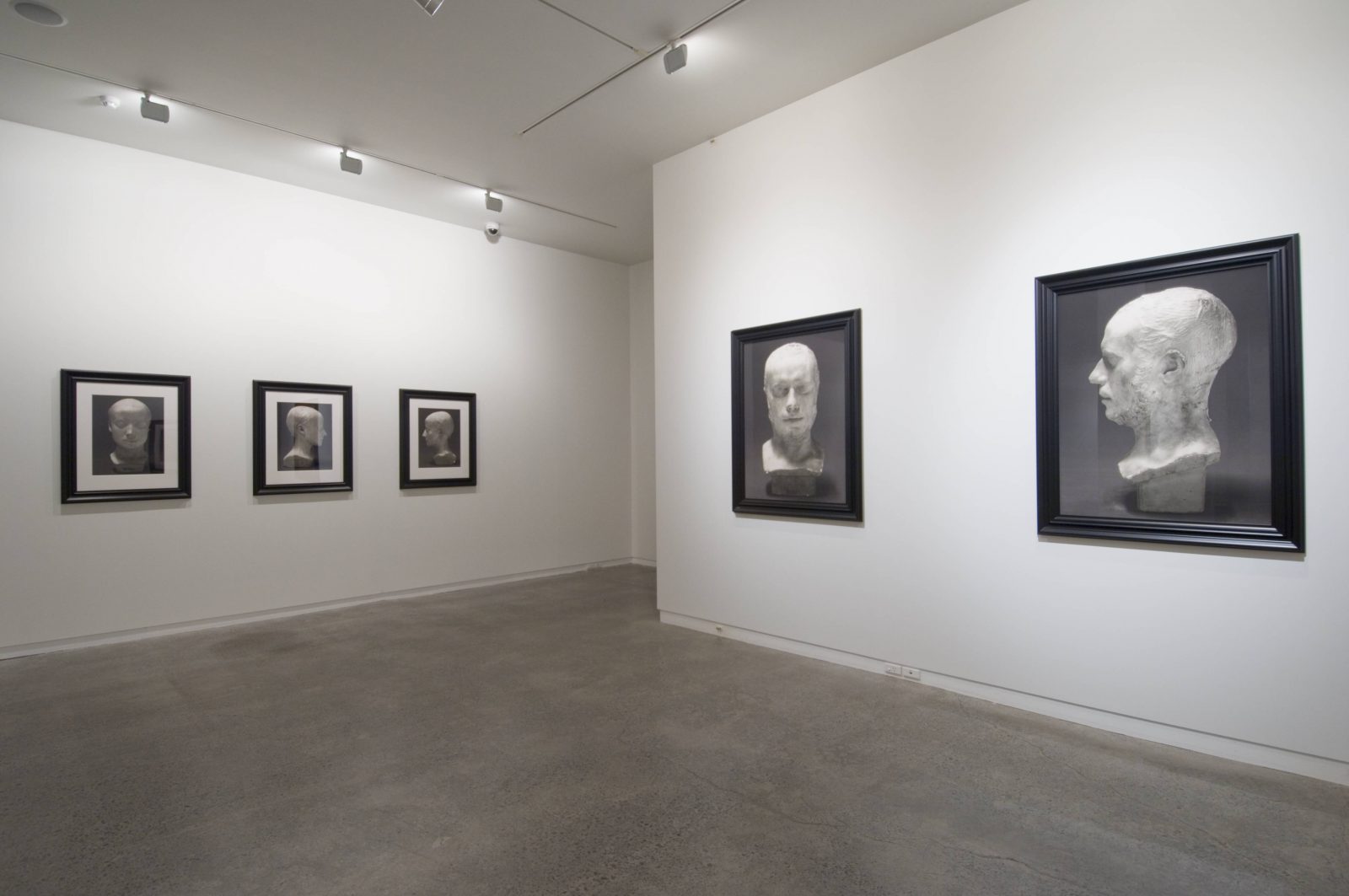Fiona Pardington
Ahua: A Beautiful Hesitation
27 May - 3 July 2010
Ahua: A beautiful hesitation 1
In 1837 when the French explorer Dumont d’Urville set sail for the Pacific he took with him the phrenologist and cast-maker Alexandre Dumoutier. The 50 life casts made by Dumoutier during the voyage are now in the collection of the Musée de l’Homme in Paris (one of the museums that form the Musée National d’Histoire Naturelle). There are also copies of some of these casts in the collection of the Auckland War Memorial Museum.
Those that agreed to the arduous process of having a cast made included not only Maori chiefs and literary and musical figures such as Franz Liszt and Honoré de Balzac but also many unknown young men from villages in the Pacific. Dumoutier was motivated to make these casts by his belief in the science of phrenology, which attempted to determine an individual’s personality and abilities from the configuration of their skull.
Fiona Pardington’s exquisitely realised portraits of the casts show the living presence of the sitter in the tautness of skin and muscle tone and the finely replicated details of facial features. The delicate outlines of eyelashes pressed firmly together are the only clue to the claustrophobia of the moment as plaster of Paris was used to encase the head and neck. Although the sitter could still breathe through straws placed in the nostrils, in a sense these casts have recorded a death as much as they have a life. There is an expression in Maori that captures that moment of death in life ‘Ko o matou
nei kanohi ko nga urupa o ratou kua wehe atu ki te po/Our faces are the living graves of our ancestors who have departed into the night.’ 2
Works from the series Ahua: a beautiful hesitation were exhibited as part of the 17th Biennale of Sydney, The Beauty of Distance: Songs of survival in a precarious age.
1 Ahua (noun) shape, appearance, likeness, character; ahua (verb) to form, make
2 From: Conversations and email communications between Matiu Baker and Paul McNamara concerning the relevance of the photograph within Maoridom, 24.03.06.


